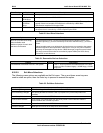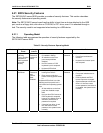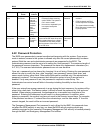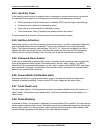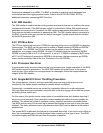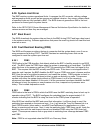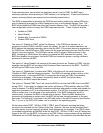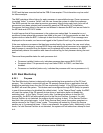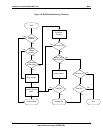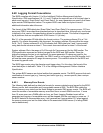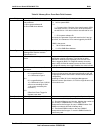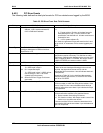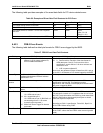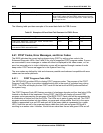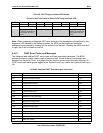
BIOS Intel® Server Board SE7501WV2 TPS
Revision 1.0
Intel reference number C25653-001
116
POST task that was executed before the FRB-2 timer expired. This information may be useful
for failure analysis.
The BMC maintains failure history for each processor in nonvolatile storage. Once a processor
is marked “failed,” it remains “failed” until the user forces the system to retest the processor.
The BIOS reminds the user about a previous processor failure during each boot cycle until all
processors have been retested and successfully pass the FRB tests or AP initialization.
Processors that have failed in the past are not allowed to become the BSP and are not listed in
the MP table and ACPI APIC tables.
It might happen that all the processors in the system are marked bad. An example is a uni-
processor system where the processor has failed in the past. If all the processors are bad, the
system does not alter the BSP; it attempts to boot from the original BSP. Error messages are
displayed on the console, and errors are logged in the System Event Log of a processor failure.
If the user replaces a processor that has been marked bad by the system, the user must inform
the system of this change by running BIOS Setup and selecting that processor to be retested. If a
bad processor is removed from the system and is replaced with a new processor, the BMC
automatically detects this condition and clears the status flag for that processor during the next
boot.
There are three possible states for each processor slot:
• Processor installed (status only, indicates processor has passed BIOS POST).
• Processor failed. The processor may have failed FRB-2 or FRB-3, and has been
disabled.
• Processor not installed (status only, indicates the processor slot has no processor in it).
6.39 Boot Monitoring
6.39.1 Purpose
The Boot Monitoring feature is designed to allow watchdog timer protection of the OS load
process. This is done in conjunction with an OS-present device driver or application that will
disable the watchdog timer once the OS has successfully loaded. If the OS load process fails,
the BMC will reset the system. This feature can be configured through BIOS Setup to operate
in one of three modes or be disabled (the default state). In the “Always Reset” mode, the BMC
will reset the system if the OS-present device driver or application does not disable the
watchdog timer. In the “Retry 3 times” mode, after 3 consecutive failures to load the OS
successfully, the BIOS will automatically boot to the Service Partition, if present. If a valid
Service Partition is not detected, the system should continue to boot. If the Service Partition
boot fails, the cycle starts again. In the “Retry Service Boot” mode, the system operates in a
similar manner to the “Retry 3 times” mode. The system will instead try to boot the Service
partition up to 3 consecutive times. If this is unsuccessful, the system halts. Additionally, in this
mode, if a valid Service Partition is not detected, the system will halt rather than attempt to boot
to it.



